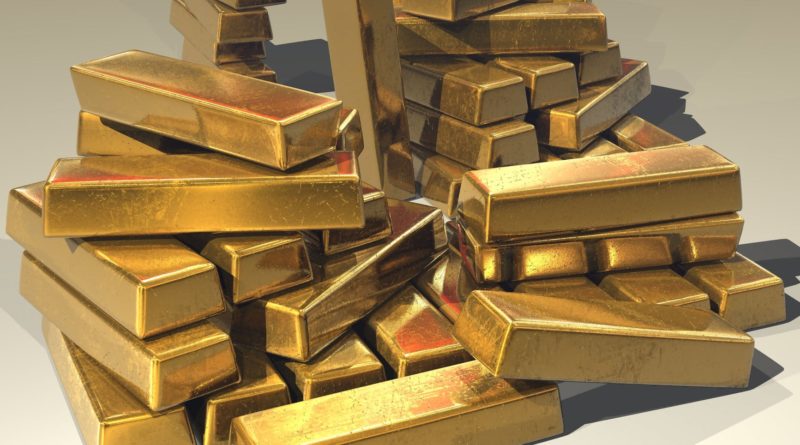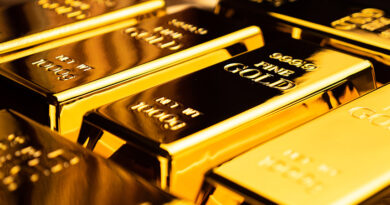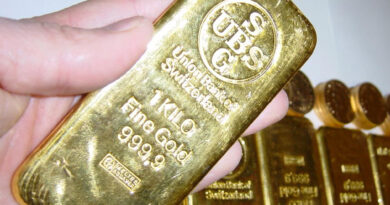Gold Demand fuelled by safe-haven investments
The global COVID-19 pandemic fuelled safe-haven investment demand for gold, offsetting marked weakness in consumer-focused sectors of the market.
Total demand in the first quarter grew marginally to 1,083.8t (+1% year-on-year). The coronavirus outbreak was the single biggest factor influencing gold demand. As the scale of the pandemic – and its potential economic impact – started to emerge, investors sought safe-haven assets.
Gold-backed ETFs (gold ETFs) attracted huge inflows (+298t), which pushed global holdings in these products to a new record high of 3,185t. Total bar and coin investment fell to 241.6t (-6% y-o-y) as a 19% drop in bar demand (to 150.4t) overpowered a sharp jump in demand for gold coins, up 36% to 76.9t, due to safe-haven buying by Western retail investors.
Jewellery demand, unsurprisingly, was particularly hard hit by the effects of the outbreak; quarterly demand dropped 39% y-o-y to a record low of 325.8t. Technology demand also fell to a new low of 73.4t (-8% y-o-y).
The pandemic slashed jewellery demand as governments across the globe imposed lockdown measures. Demand fell to lowest on record, led by a 65% decline in China – the largest jewellery consumer and the first market to succumb to the outbreak. The pace of buying slowed, in line with expectations, and sales remained scarce.
Central banks continued to buy gold in significant quantities, although at a lower rate than in Q1 2019: net purchases amounted to 145t (-8% y-o-y). The virus also caused disruption to gold supply: mine production fell to a five-year low of 795.8t (-3% y-o-y).
Gold ETFs saw the highest quarterly inflows for four years amid global uncertainty and financial market volatility. These investment inflows helped push the US dollar gold price to an eight-year high.
Consequently, global gold demand in value terms reached US$55bn – the highest since Q2 2013. The price also reached new record highs in Indian rupees and Turkish lira, among others.
Amid heightened volatility and uncertainty, global gold reserves grew by 145t in Q1. But Russia announced that it would suspend its long-term buying programme from April, signalling a sharp slowdown in global net buying.
Total Q1 supply fell 4% as coronavirus lockdowns hit mine production and gold recycling. Operations were halted at many projects in an attempt to stem the spread of the virus.
Recycling ground to a near standstill towards the end of the quarter as consumers were confined to their homes.




